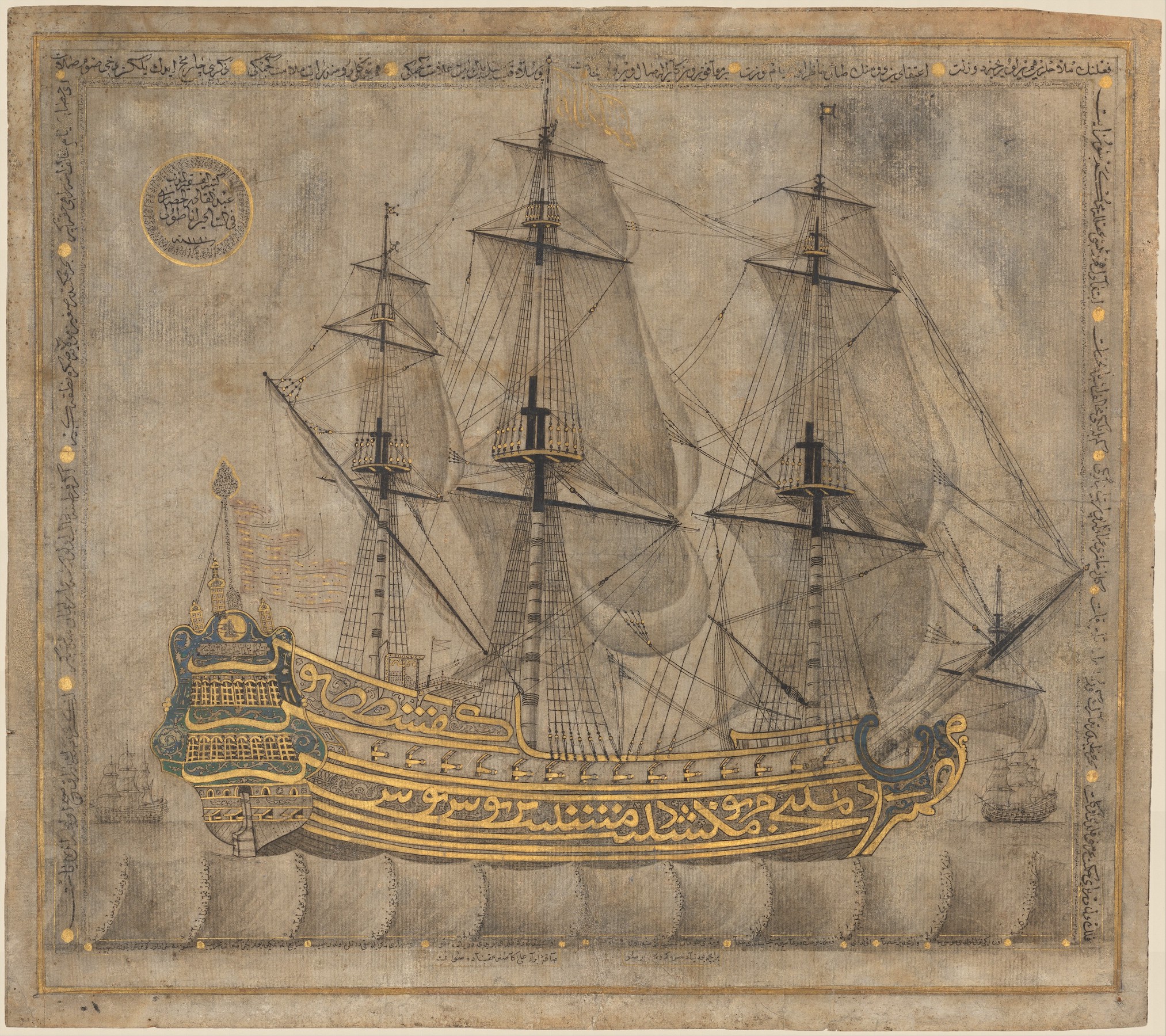The Calligraphic Galleon that we present today was created by the Ottoman calligrapher ‘Abd al-Qadir Hisari, who was active in 1766 and 1767. The Ottoman galleon is composed of the names of the Seven Sleepers of Ephesus referred to in the Qur’an, and the tiny inscriptions that make up much of the rest of the image are a combination of Ottoman Turkish poetry, prayers, and verses from the Qur’an. The hull of this sailing ship comprises the names of the Seven Sleepers and their dog. The tale of the Seven Sleepers, found in pre-Islamic Christian sources, concerns a group of men who sleep for centuries within a cave, protected by God from religious persecution. Both hadith (sayings of the Prophet), and tafsir (commentaries on the Qur'an) suggest that these verses from the Qur'an have protective qualities. The names of the Seven Sleepers were often used on talismans because they were thought to protect boats against sinking.
P.S. Check out the most beautiful Qur'ans. <3


 'Abd al-Qadir Hisari
'Abd al-Qadir Hisari